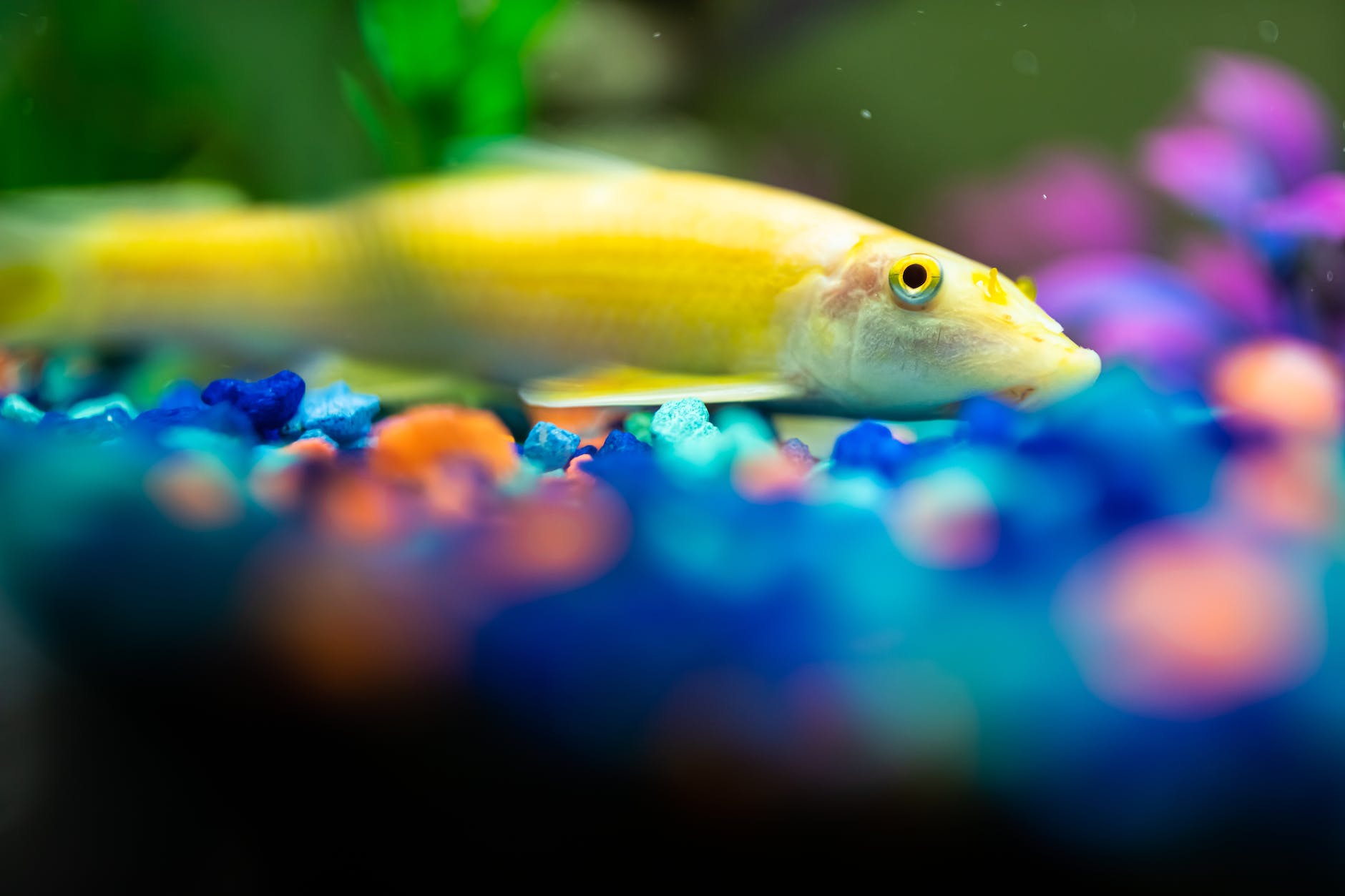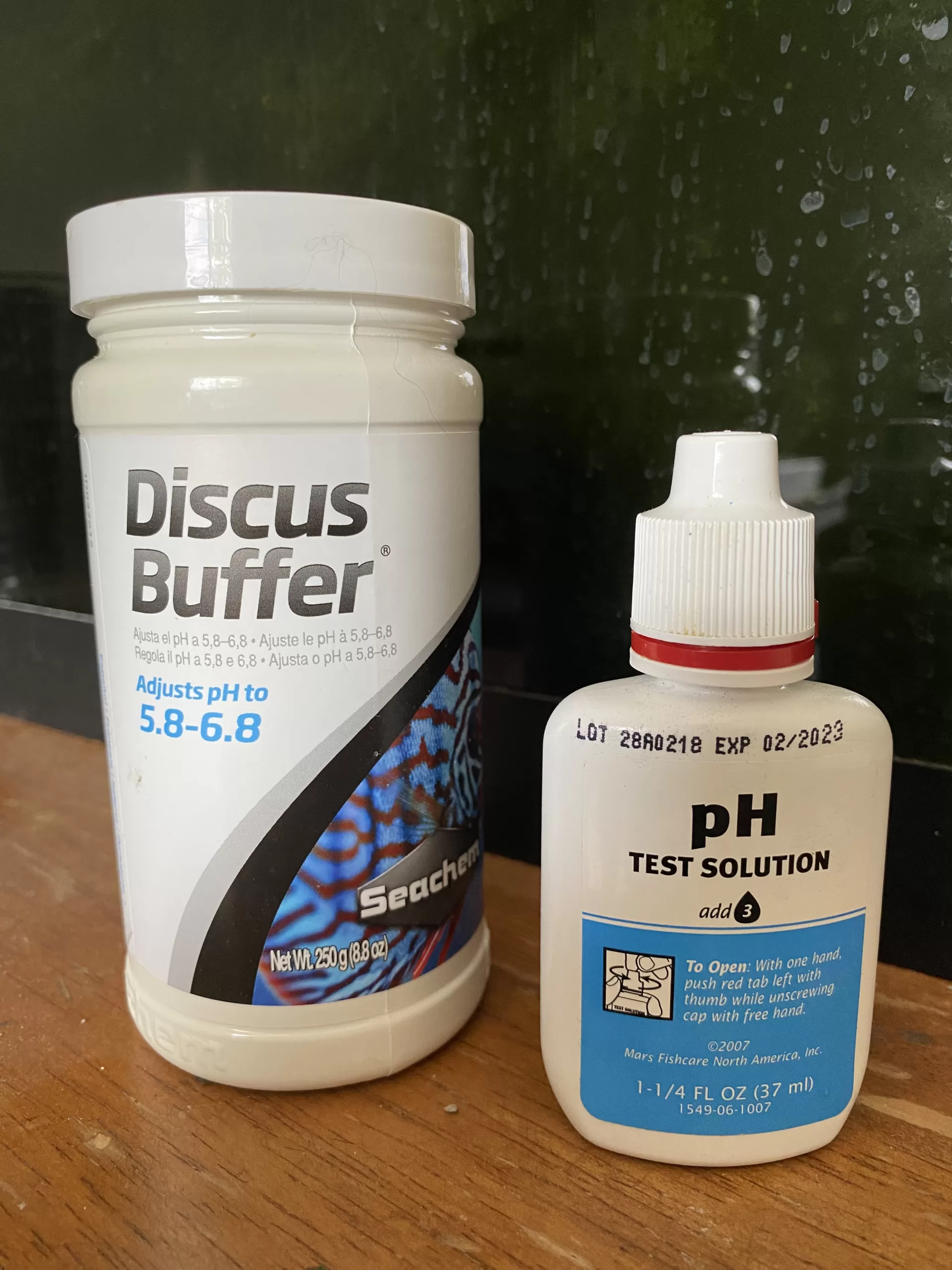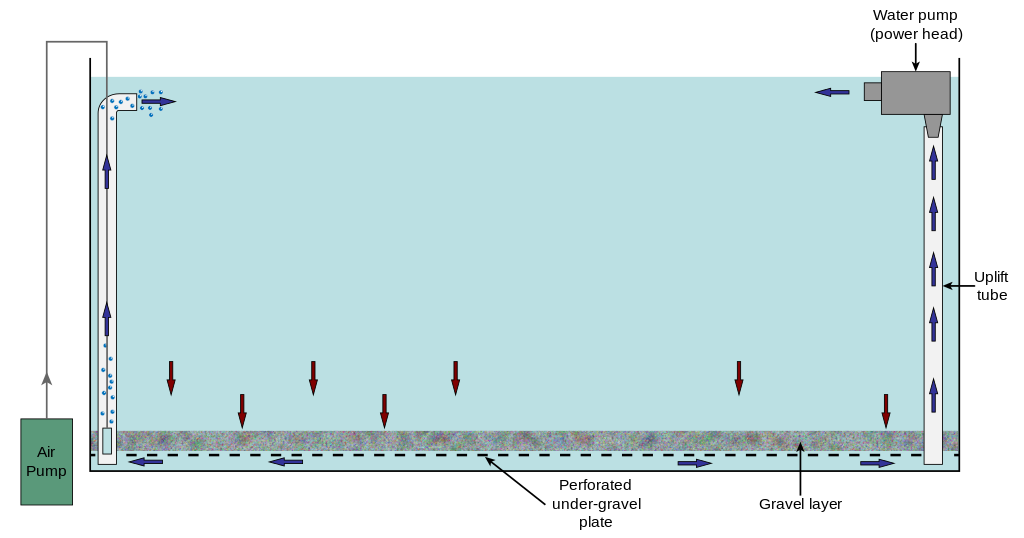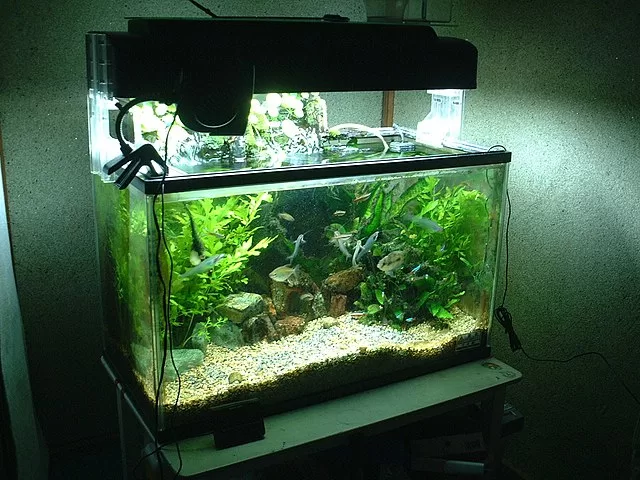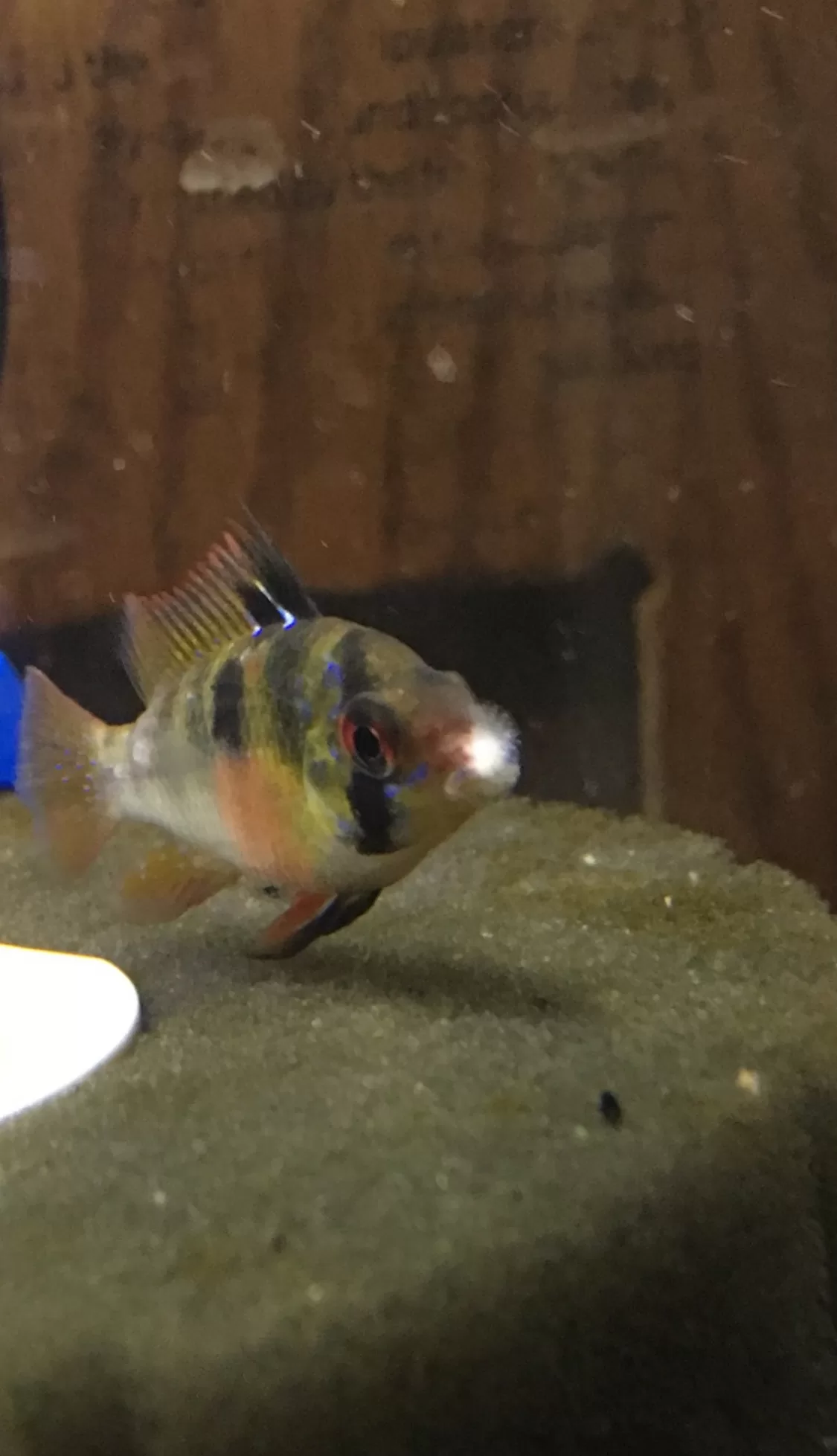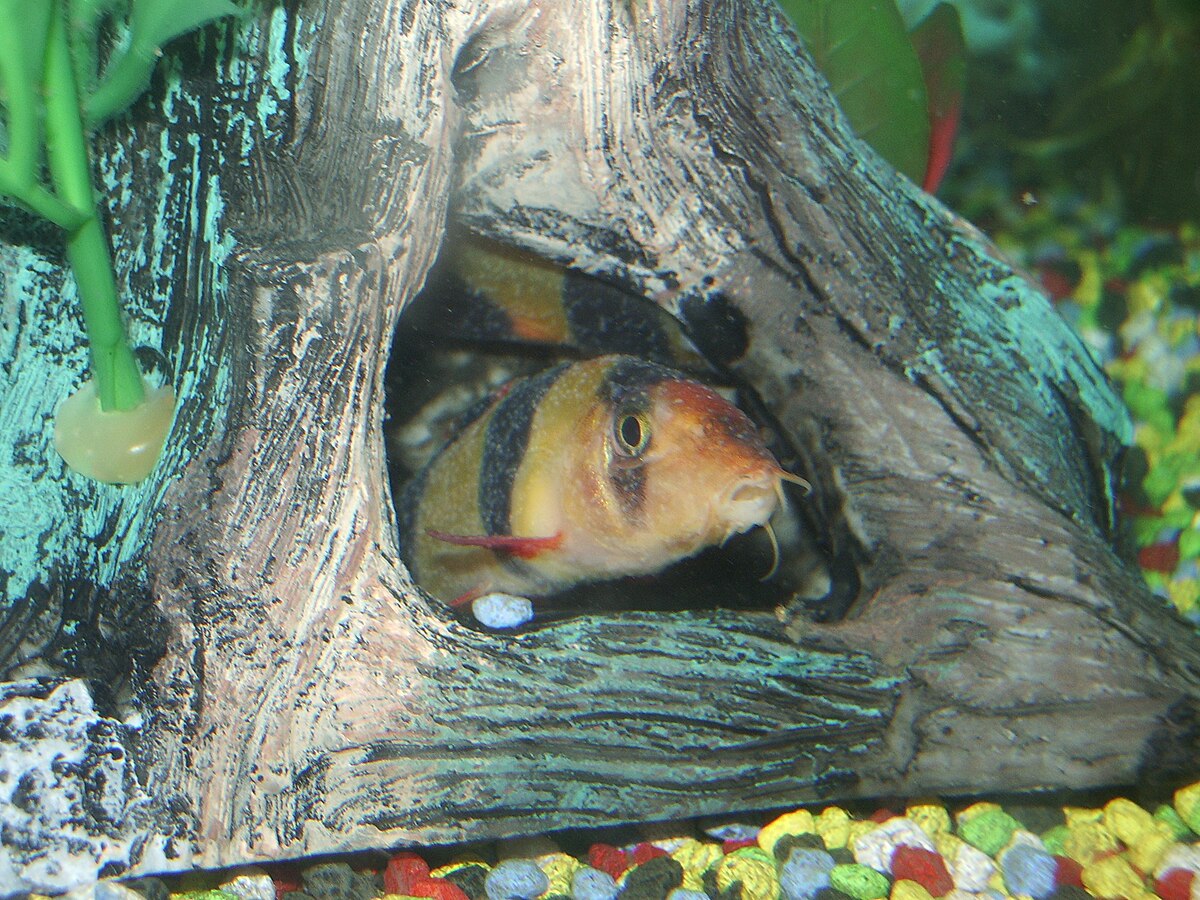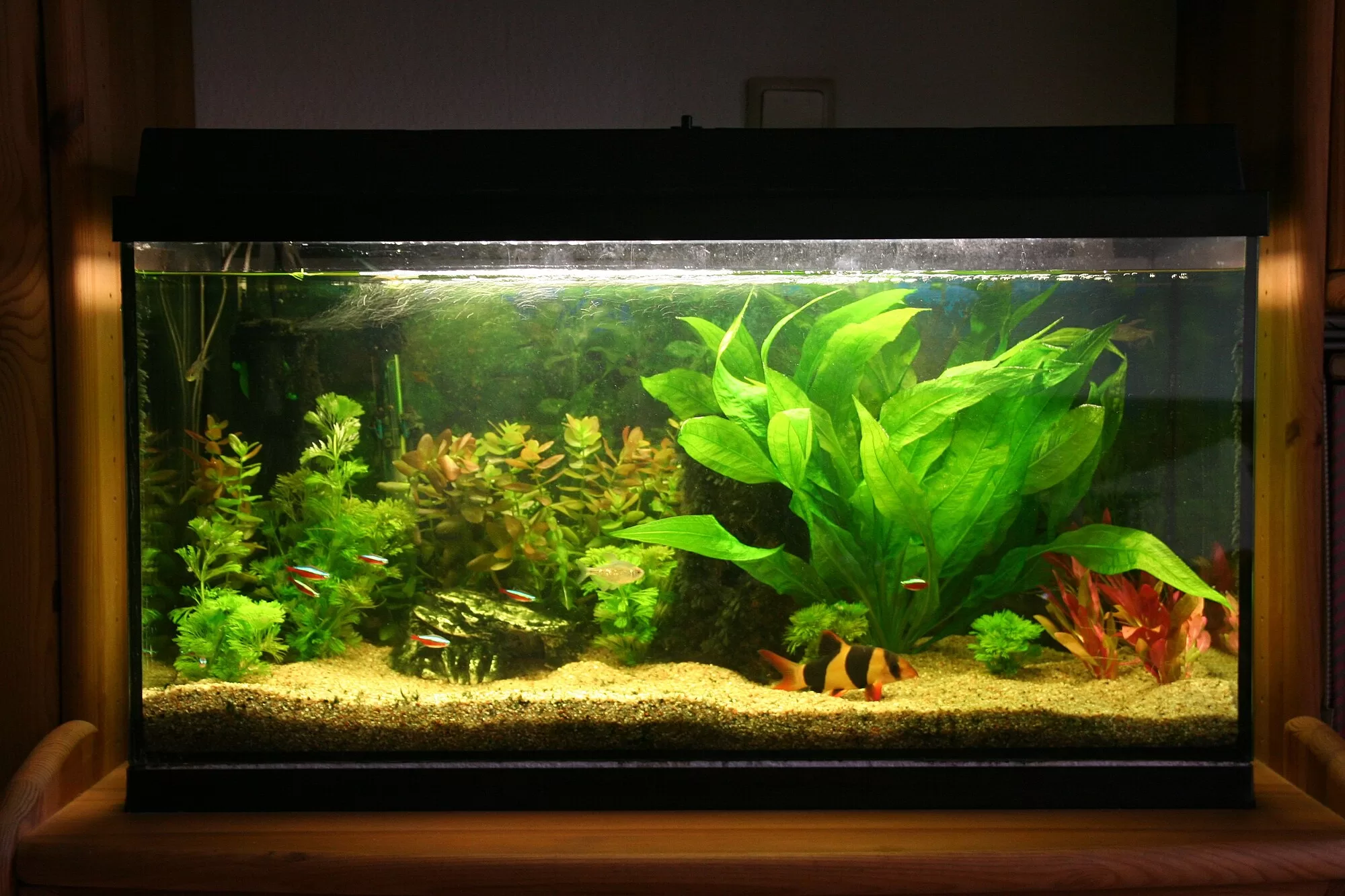Introduction to the New Tank Nitrogen Cycle
Setting up a new aquarium brings excitement and a key responsibility: understanding the new tank nitrogen cycle. This process is crucial to establishing a thriving aquatic habitat that has a balance between beneficial bacteria and harmful toxins.
We earn commission through Amazon Affiliate Links
The Core of a Healthy Aquarium: Your New Tank Nitrogen Cycle
Central to any successful aquarium is the new tank nitrogen cycle. It’s a process where harmful ammonia from fish waste and decaying organic matter gets converted into nitrites, and finally into nitrates. Nitrates being non-toxic. This transformation is vital for maintaining a safe environment for your aquarium.
Preparing Your Aquarium
Before diving into the nitrogen cycle, the correct setup of your aquarium is crucial. This involves choosing the right size tank, a suitable filter, and other necessary equipment. Proper installation and cleanliness are key for a smooth start to the nitrogen cycle.
Initiating the Cycle
The start of the new tank nitrogen cycle involves introducing beneficial bacteria. This can be done through commercial bacterial cultures or by adding media from an established tank. It’s crucial to monitor water parameters during this initial phase to track the progress of the cycle.
This cycle is all about getting good bacteria to grow in your tank, called nitrifying bacteria. These bacteria help break down fish waste, which is super important for keeping your fish happy and healthy. The key to getting this cycle started? Ammonia.
Now, when it comes to adding ammonia, you’ve got a few choices:
- Household Ammonia: This is just regular ammonia you can buy from a store. Make sure it’s pure ammonia without any added stuff like scents. To use it, you just add a little bit to the water. But be careful! Too much can be bad. You want to aim for about 2-4 ppm (parts per million). You can check this with a test kit.
- Fish Food: This is a more natural way. Just toss in a bit of fish food. As it breaks down, it releases ammonia. It’s slower than using pure ammonia, but it’s pretty easy. Just add a little bit of food every day.
- Ammonia-Producing Products: Some products are made just for this. They release ammonia slowly and safely. You can find them in pet stores. Follow the instructions on the package for how much to use.
- Using Fish (Not Recommended): Some folks start their cycle with fish in the tank. But this can be tough on the fish and isn’t the best way to do it. It’s like making someone live in a room that’s not quite ready for them.
Once you pick your method, you gotta keep an eye on the ammonia levels. Use a test kit to check it. Id recommend the API liquid test kit. You’re aiming to get the ammonia to spike and then drop as the bacteria start to do their thing. After a while, you’ll see nitrite levels rise and then nitrate. That’s your cue that the cycle is almost done.
Remember, patience is key. This cycle can take a few weeks. But it’s worth it to make sure your fish have a clean and safe home.
Consistent Monitoring: A Necessity
Regularly testing the water for ammonia, nitrites, and nitrates is vital. These tests are indicators of the cycle’s progression and will guide when it’s appropriate to introduce fish to your new tank.
Ongoing Cycle Maintenance
Maintaining the nitrogen cycle involves routine tasks like water changes and filter maintenance. This continued care ensures the cycle functions properly and supports the long-term health of your aquarium.
Addressing Cycle Issues
Should you encounter high ammonia or nitrite levels, it may signal an issue with the nitrogen cycle. Adjusting your maintenance schedule or the cycle’s duration can often rectify these challenges.
Wrapping Up on a New Tank Nitrogen Cycle
By effectively overseeing the new tank nitrogen cycle, you can ensure a stable and healthy environment for your aquatic inhabitants, fostering their well-being and the overall vibrancy of your aquarium.

